The Challenge – Fire Damage Cleanup
The damage fire can do to a building, and the lives within it, can be utterly devastating. The speed at which it can tear through a property, causing damage wherever it spreads to, means that entire properties can fall victim to any fire – no matter where it starts.
This was highlighted in February when a fire started on the top floor of The Law Society Headquarters on Chancery Lane, a Grade 2 listed building. The fire, thought to have been caused by an electrical fault, had soon destroyed the roof of the building, as well as an entire staircase between the 3rd and 5th floors.
Fortunately, there were no injuries, but it took around 150 firefighters with 25 fire engines around 12 hours to get the fire under control, such was the speed of the spread. This was only the beginning of the process of recovery though.
So much needs to be considered in the aftermath of a fire – first of all, there is the immediate risk to health and safety. Once that is sorted, you can begin the fire damage restoration process by stripping out any furniture that is irreparably damaged before assessing the structural damage, and then you can finally start the actual after fire cleaning services.
Smoke damage and soot can be particularly hazardous long after a fire has been put out, so it is vitally important that this is thoroughly cleaned by professionals. The tiny particles of soot can cause all manner of health problems, from asthma to heart disease and cancer. Smoke damage and soot cleaning can literally save lives.
The Law Society were quick to get contractors in to make a start on the process. Once they had seen the scale of the job, however, they knew that they needed help, so they called us, Ideal Response.
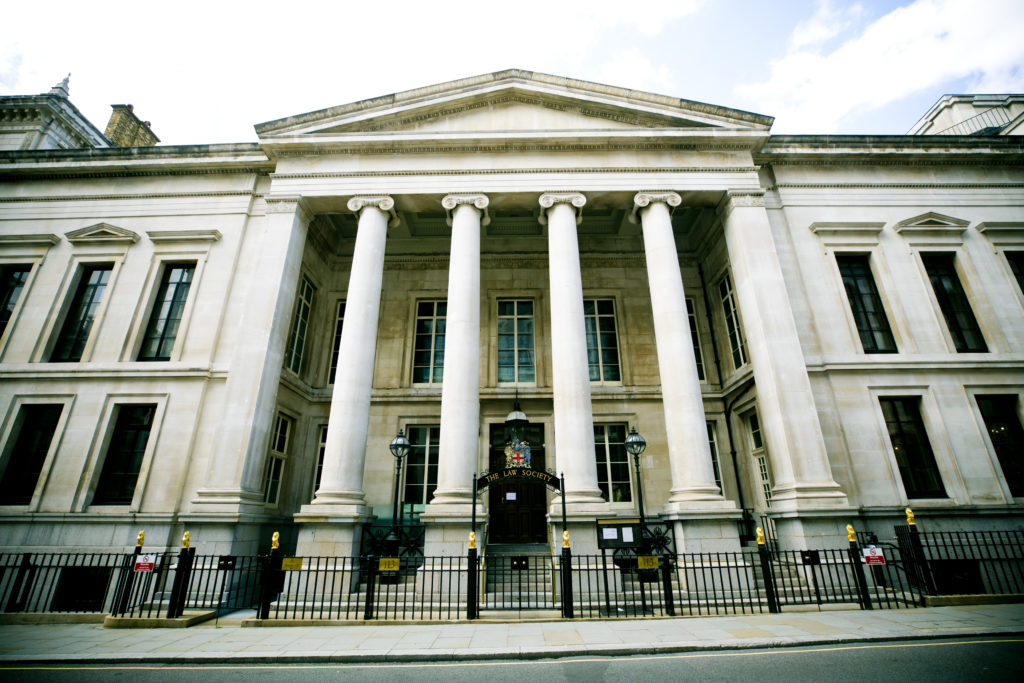
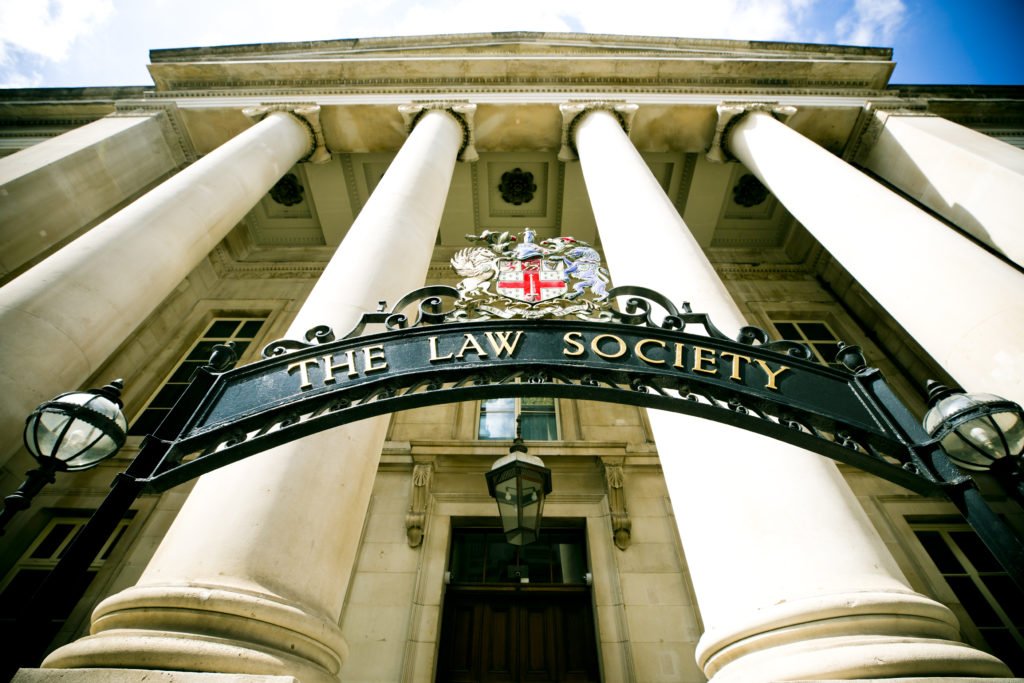
The Ideal Response – Fire Damage Restoration
We conducted multiple site visits in the aftermath of the fire to get a full appreciation of what was required. We put together a full proposal, detailing exactly what needed to be done to ensure the building was back up and running as quickly as possible.
Then, we set to work, which consisted of five different phases.
Phase 1: Soft strip out
We needed to get all of the damaged furniture, computers, office equipment out of the property as a priority. Only once all of this was removed would we be able to tackle the other aspects of the cleaning job. We also had to take up all of the floor coverings that had been damaged, as well as anything that posed an immediate risk to the health of the workers, for example hanging plasterboard, or loose fixtures.
Our teams of 18/19 people worked around the clock, and managed to finish the first phase within two weeks – which will give you a good idea as to the extent of the damage.
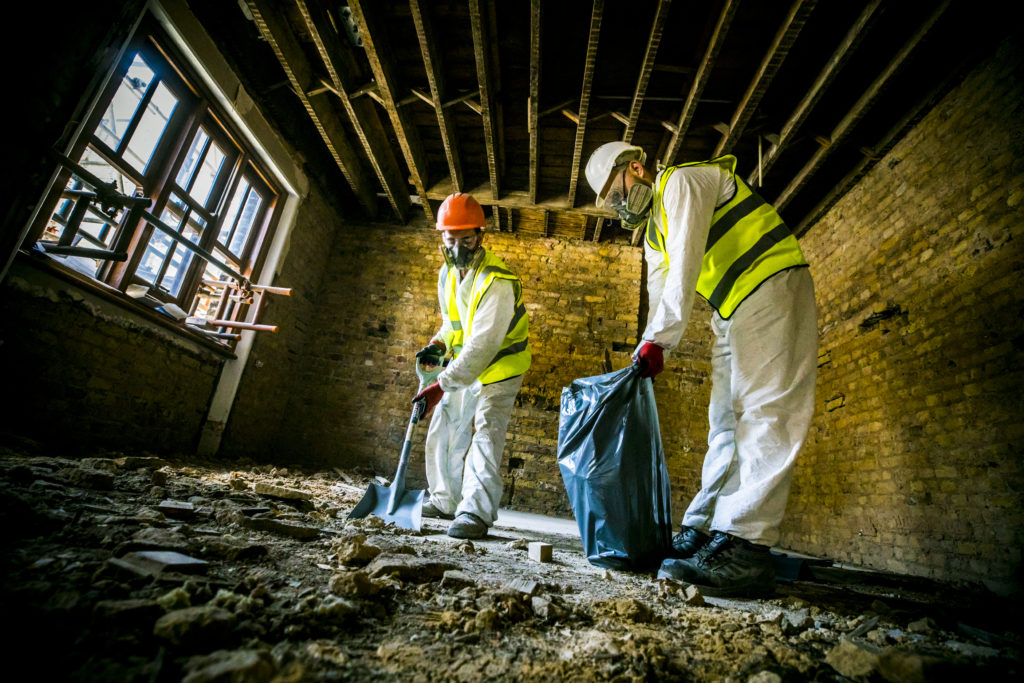
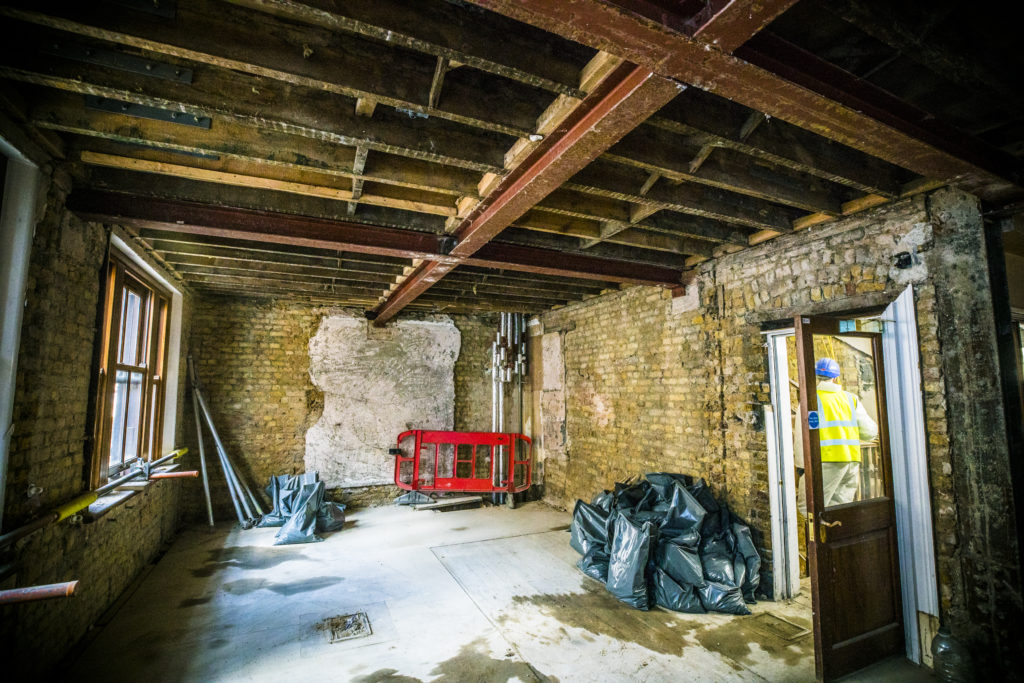
Phase 2: Hard strip out
This is where we tackled the fittings and fixtures, removing any that were irreparably damaged. This included plasterboards, skirting boards, door frames, even walls and stud walls.
Not only this, but we completed the fire damage cleanup work as we went. This means that anything that wasn’t stripped out, anything that could be salvaged, was thoroughly cleaned and restored – removing any traces of the fire.
In all, this phase took around 6 weeks to complete. There was still much more work to be done.
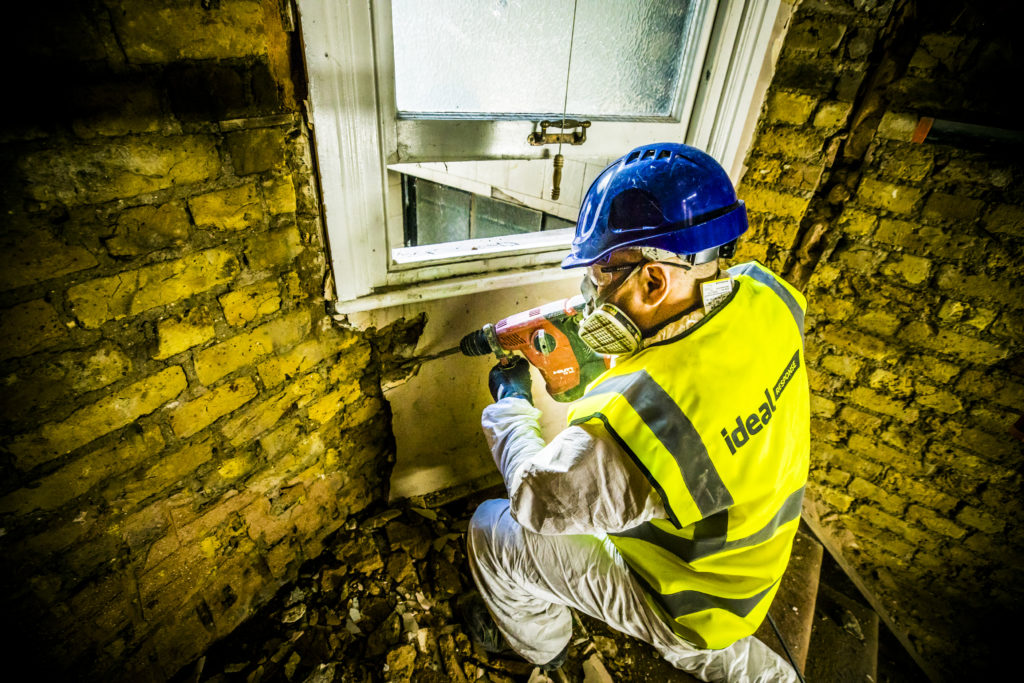
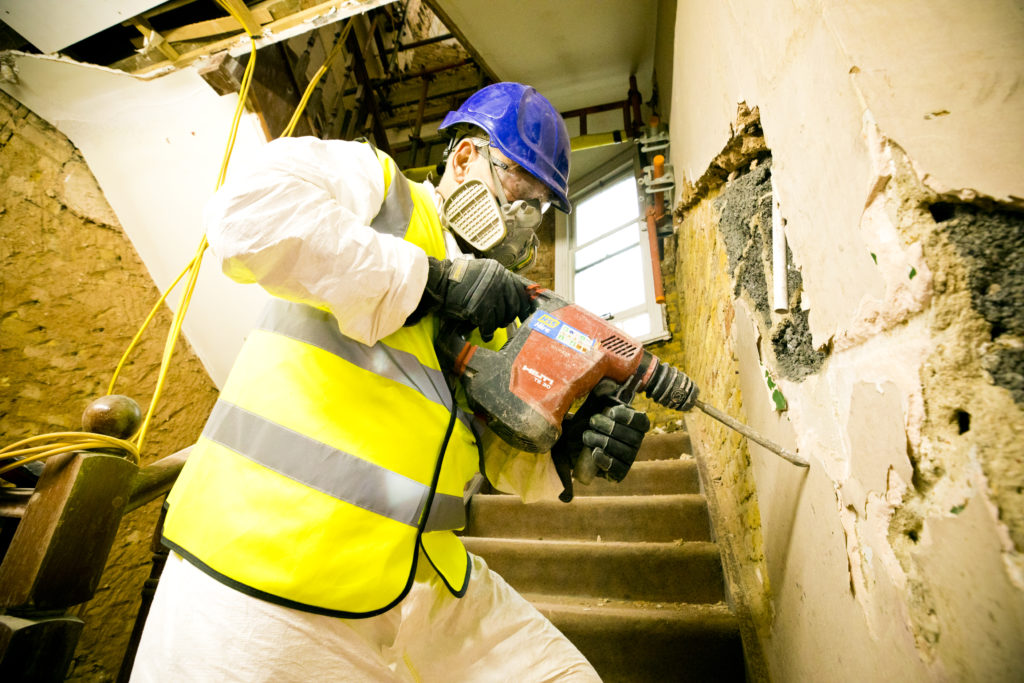
Phase 3: Mould remediation
The fire service had put out the fire with water saturation. This, coupled with the lack of roof and the time of year, had led to a serious mould removal problem throughout the building that needed to be addressed urgently. Mould can cause serious health problems if left untreated, on top of the unpleasant look and smell of it.
This phase in itself was conducted in 4 different stages. First of all, our team of technicians used their industrial vacuums, fitted with HEPA filters, to remove all of the surface mould. This ensured that there were no mould spores in the air, creating a safe environment.
Next, all of the affected surfaces were given a wash-down with our specially formulated solutions. Any mould that remained after the vacuums were used would be removed here.
Once that had dried, we treated the surface with one coat of our specially formulated fungicidal barrier. This was manually brushed on to all of the affected areas. The solution soaked into the surface that the mould was growing on and killed the roots. It also acted as a protective barrier against any further fungal growth.
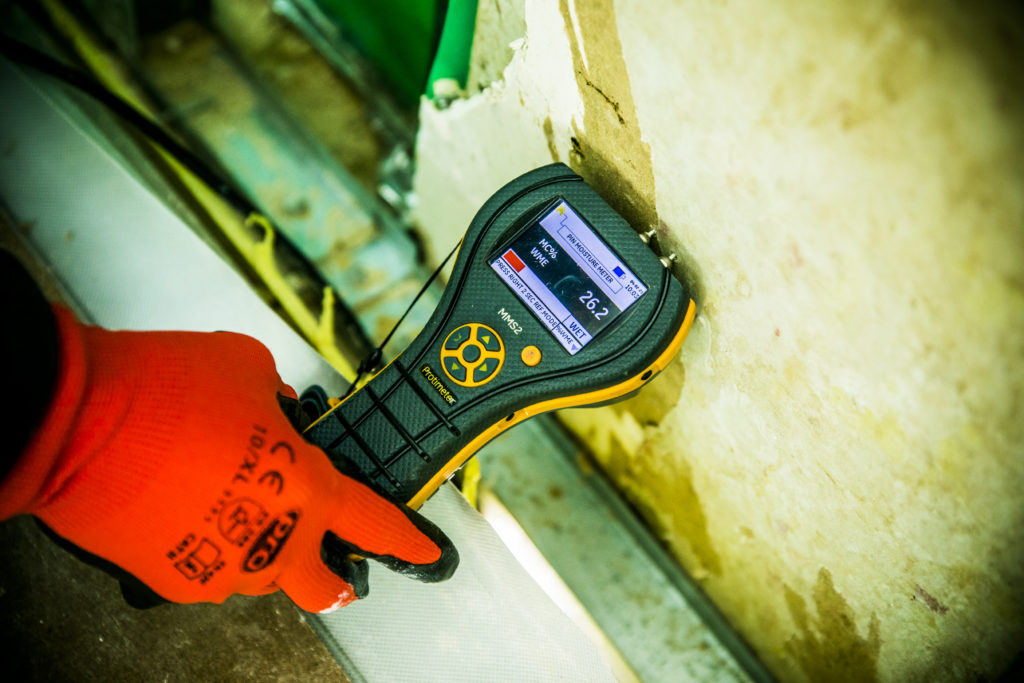
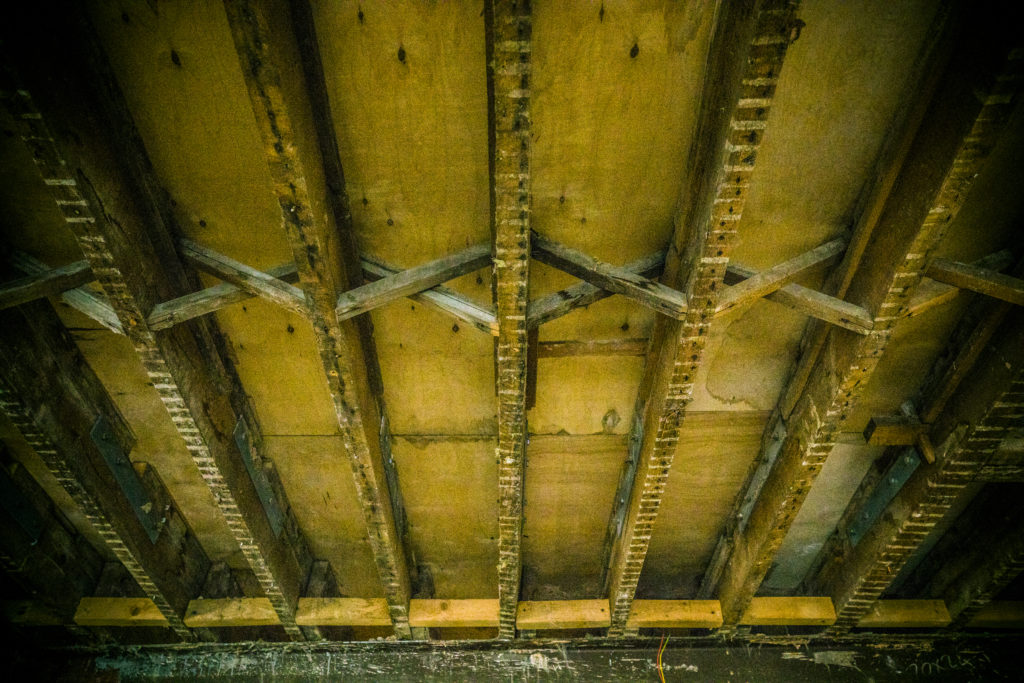
Finally, we undertook a process called ULV fogging. This basically meant that we sprayed a very fine mist into every affected room, which suppressed any remaining microorganisms or airborne particles, leaving a safe and acceptable mould spore count level.
In total, Phase 3 was completed in two weeks.
Phase 4: Drying
The building needed to be dried completely, due to the high saturation of water from the extinction of the fire. The drying needed to be completed over many floors and all over the building, so needed to be done in a targeted fashion. Multiple dryers were installed across the building, with our technicians on hand around-the clock to monitor all of the equipment involved.
With around 200 pieces of drying equipment being used, it was imperative that it was all working at all times. We calculated that if one floor of drying went down at any time, it would cost around £3000-£4000 worth of delays to the programme. The drying phase was so important to the success of the entire job.
Put simply, everything had to run smoothly. And it did.
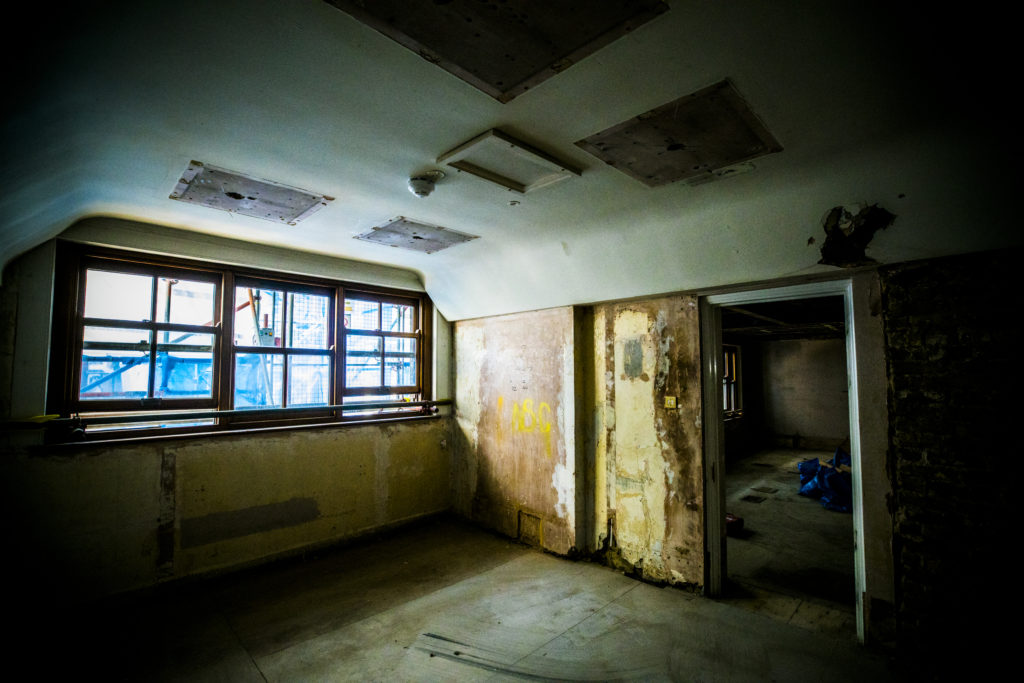
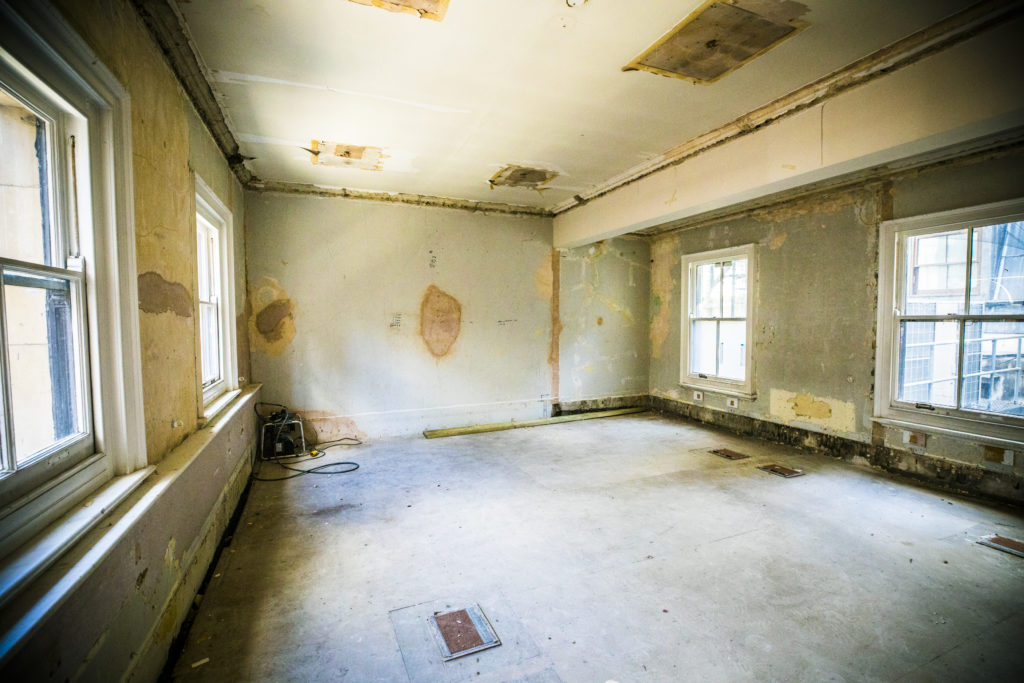
Phase 5: Mould Prevention
Finally, our job wouldn’t be done unless we worked to prevent similar issues in the future. We prevented against mould by using a Hyalophane bonding agent on all of the joists in the building. This was applied manually, by brush, over a total of 500m2 of joists.
The Result
A job of this size takes time, and it needs to be done correctly. Working around the original contractors, the fire damage, mould remediation & drying works were completed in around 6 months, with work being phased in throughout that time. We worked throughout the Christmas period, and even had members of our team onsite on Christmas Day, such was our commitment to getting the work done with as little disruption as possible.
We left the clean, safe and fully dried building as a shell for the owners to begin the reinstallation process.
The building is current undergoing reinstatement works after the initial disaster recovery and response has been complete; with the Law Society planning to be back up and running in a few months time.
Speak to our restoration experts now
01622 926 505


